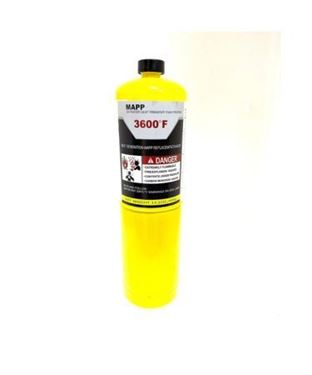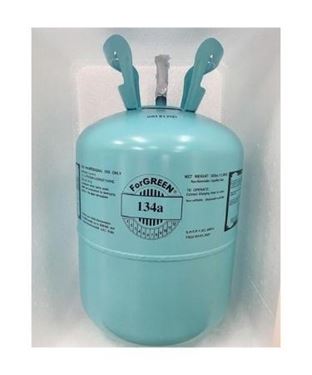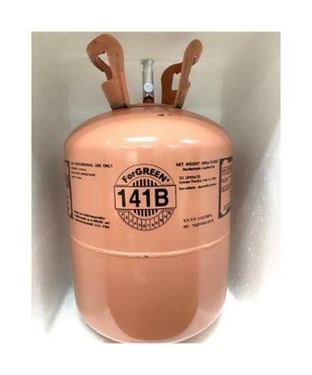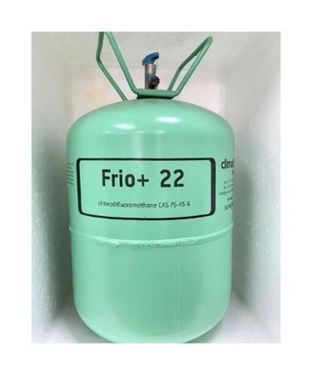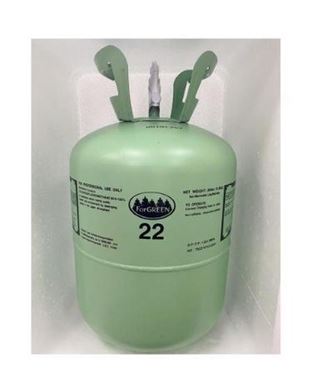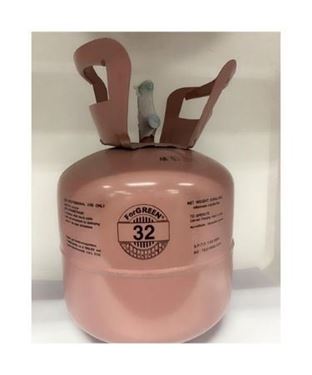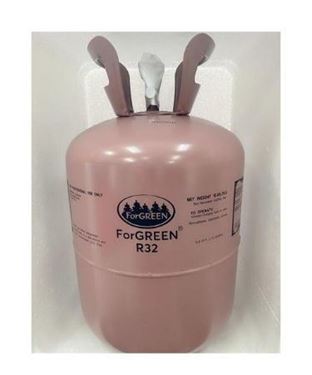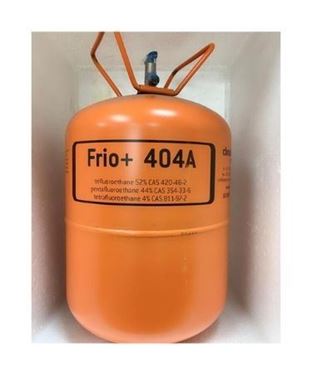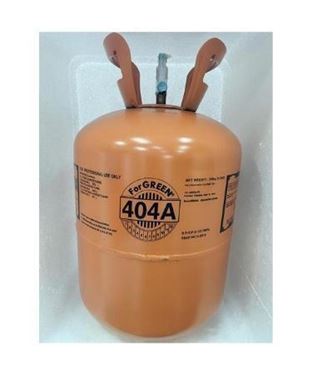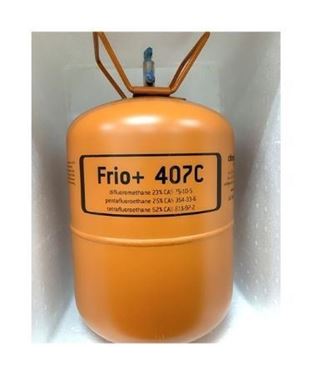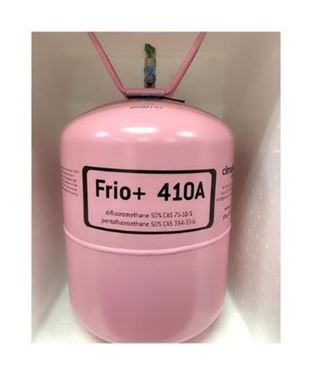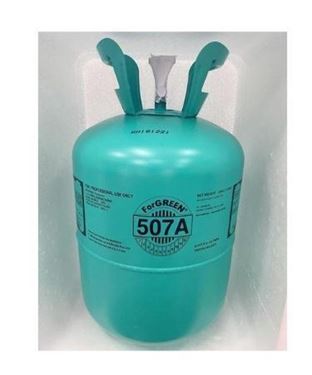Refrigerant is a compound typically found in either a fluid or gaseous state. It cycles through an air conditioner, changing from a liquid to a gas and vice versa as it absorbs and releases heat. Refrigerant has come in a variety of types (“blends”) during its history, starting originally as toxic and combustible chemicals. Today’s blends are safe and have no ozone-depleting effect.
The Classification of refrigerants into different groups is due to their chemical composition. The most common refrigerants include :
1. CFC (Chlorofluorocarbons) : R11, R12, R113, R114, R115
This is known to contribute to the greenhouse gas effect. Production of new stocks ceased in 1994.
2.HCFC (Hydrocholorofluorocarbons) : R22, R141b
Slightly less damaging to the ozone than R12, but the EPA (Environmental Protection Agency) has still mandated a phase out for this type of gas in sooner time, as a result of the Clean Air Act of 2010.
3.HFC (Hydrofluorocarbons) : R32, R134a, R404a, R407C, R410a, R507a
With no chlorine in the mix, this is safer for the environment and is now being used in place of R22. Air conditioners that run on R410A are more efficient, offer better air quality, increase comfort and improve reliability.
All the Refrigerants are characterize by :
- Ozone Depletion Potential (ODP)
- Global Warming Potential (GWP)
The value range of ODP is 0 – 1. ODP that is closest to 1 is harmful to the ozone layer. CFCs have big ODP values. This is because they contain chlorine. Nowadays, CFCs are not used due to their harmful impact on the environment.
GWP value ranges from 0 to several thousand. If the GWP value is big, the refrigerant is more harmful and can cause global warming.
Filter by:
Clear All













